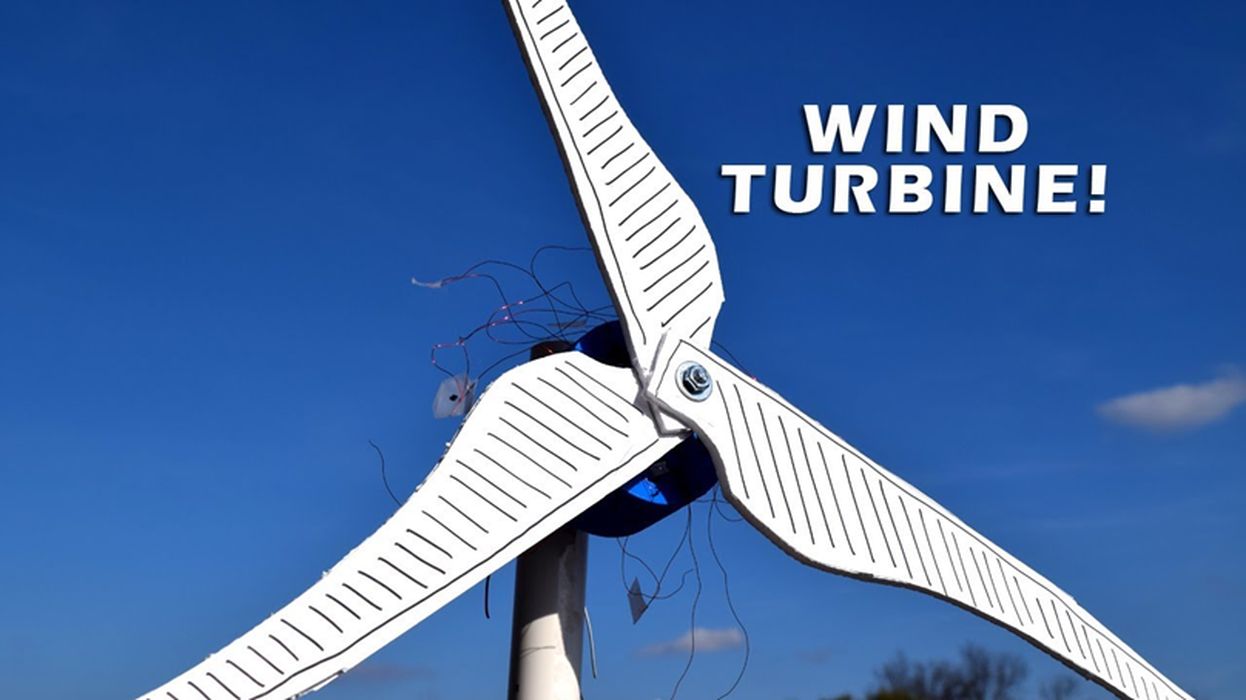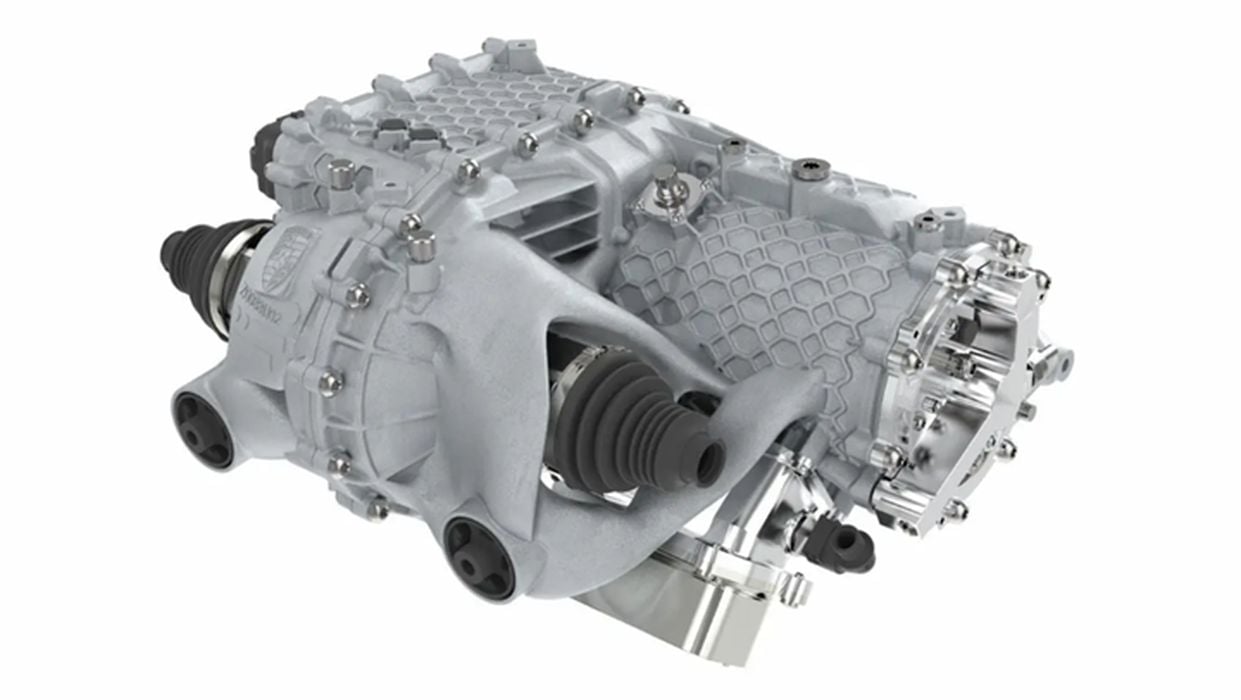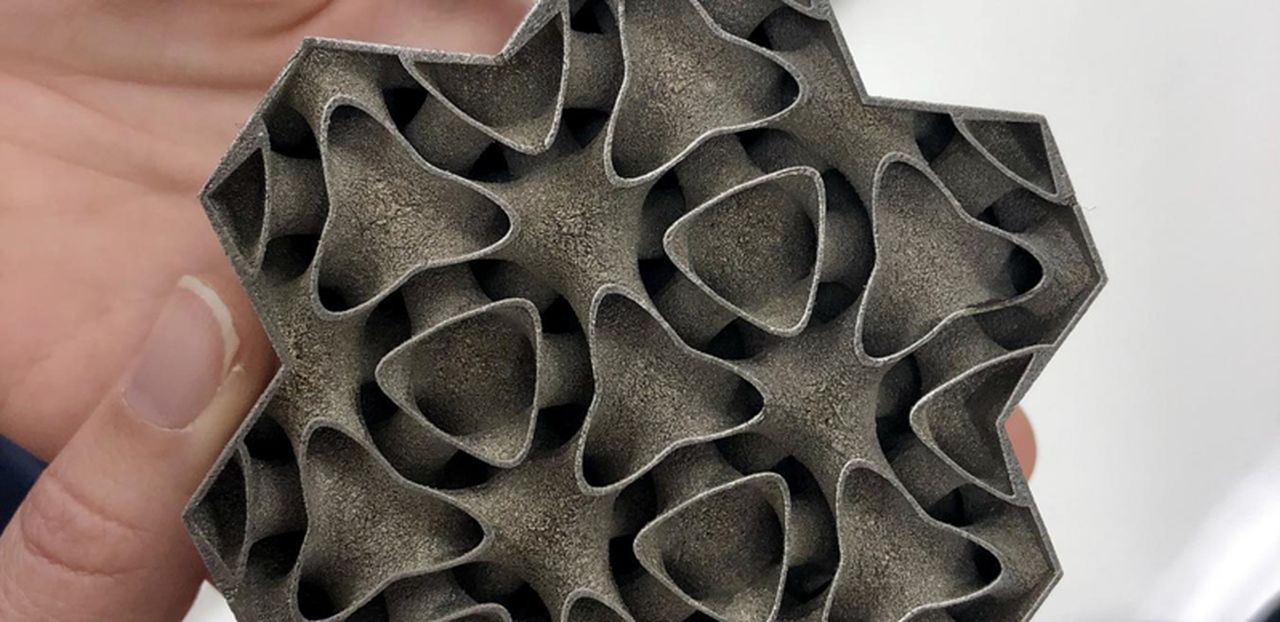
Charles R. Goulding and Preeti Sulibhavi discuss new US energy incentives that might benefit 3D printing companies.
In addition to our R&D tax credit practice, our firm has an energy tax practice where we have processed energy tax incentives for almost 20,000 buildings since 2005. We were pleasantly surprised when the federal government’s Inflation Reduction Act (IRA), provided US$370B in additional funding for clean energy projects.
A recent Wall Street Journal article highlighted the following states that are offering large incentives to clean energy companies expanding in their states, they include Georgia, Texas, Kentucky, South Carolina, Michigan and Illinois.
We thought we would share some of what the federal incentives offer as well as what some US states are offering on top of the federal incentives to Fabbaloo readers as well. For any current or potential future projects, proper planning and application of IRA incentives can generate tax benefits.
US states are motivated to offer add-on incentives as part of their economic development alternative energy project strategy.

The new IRA substantially increases tax credits for alternative energy projects. 3D printing is part of many alternative energy projects today and we wanted to highlight a few of them that could benefit from both federal and state incentives. They could be projects involving, solar, wind, combined heat and power (CHP), turbine, biomass, and electric vehicle (EV) technologies.

For example, Georgia has entered into a deal with Hanwha Qcells where the Korean solar manufacturer will build a $2.5 billion plant in the state to expand its existing one. The new plant will crank out 3.3 gigawatts of solar panels annually.
That’s enough energy to supply nearly 20 percent of current US demand. Expansion at the other plant will add another 2 gigawatts of capacity. When completed, Qcells’ Georgia facilities will employ 2,500 people and will be capable of making 8.4 gigawatts of solar panels, cementing the Peach State’s status as a world leader in solar manufacturing.

The changing tax landscape in the US as a whole is welcoming new businesses and expanding existing ones.
The 3D printing industry should take note, as many of these verticals can be enhanced and improved with 3D printing.
The Research & Development Tax Credit
The now permanent Research and Development (R&D) Tax Credit is available for companies developing new or improved products, processes and/or software.
3D printing can help boost a company’s R&D Tax Credits. Wages for technical employees creating, testing and revising 3D printed prototypes can be included as a percentage of eligible time spent for the R&D Tax Credit. Similarly, when used as a method of improving a process, time spent integrating 3D printing hardware and software counts as an eligible activity. Lastly, when used for modeling and preproduction, the costs of filaments consumed during the development process may also be recovered.
Whether it is used for creating and testing prototypes or for final production, 3D printing is a great indicator that R&D Credit eligible activities are taking place. Companies implementing this technology at any point should consider taking advantage of R&D Tax Credits.
Conclusion
The Inflation Reduction Act (IRA) funding, combined with state incentives, is helping to incentivize clean energy and companies are taking note. So too should the 3D printing industry.
